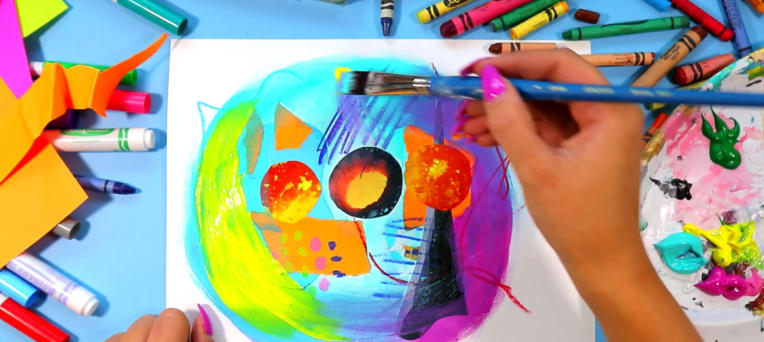Inspiring Creativity: Fun Drawing Techniques for Young Artists
Encouraging creativity in young students is essential for their overall development. Drawing not only helps children express themselves but also enhances their motor skills and problem-solving abilities. Here are some fun and engaging drawing techniques to inspire young artists and make learning to draw a joyful experience.
Exploring Different Materials
One of the best ways to spark creativity in young artists is by introducing them to a variety of drawing materials. Instead of just traditional pencils and paper, try incorporating items like colored chalk, charcoal, markers, and pastels. Each material offers a unique texture and visual effect that can inspire different artistic expressions. For instance, using chalk on dark paper creates a striking contrast, encouraging students to think differently about their color palette. Experimenting with various tools can make drawing more exciting and encourage kids to explore their own artistic preferences.
Incorporating Storytelling in Art
Connecting drawing with storytelling is an excellent way to engage young artists and ignite their imagination. Encourage students to draw scenes from their favorite books or create their own characters. This can be done through fun prompts, such as “Draw your superhero in their secret lair” or “Illustrate a scene from a fairy tale.” By merging art with storytelling, children can visualize narratives in a new way, fostering their ability to create both art and stories simultaneously. These drawings become a canvas for their thoughts and feelings, promoting deeper personal expression.
Using Guided Drawing Sessions
Guided drawing sessions are a fantastic way to help young artists build confidence in their skills. You can organize step-by-step tutorials that focus on simple shapes and concepts, such as how to draw a cat using basic circles and triangles. Break down complex images into manageable steps, allowing students to follow along at their own pace. This method not only teaches them techniques but also reassures them that creating art is a process that everyone can master. Be sure to celebrate their unique creations, reinforcing the idea that there is no right or wrong way to make art.
In conclusion, inspiring young artists involves creating a supportive environment where they can explore their creativity through various materials, storytelling, and guided techniques. By fostering an atmosphere that encourages experimentation and self-expression, you can help them develop a lifelong love for art. So grab some supplies, spark their imagination, and watch as they create beautiful masterpieces!

